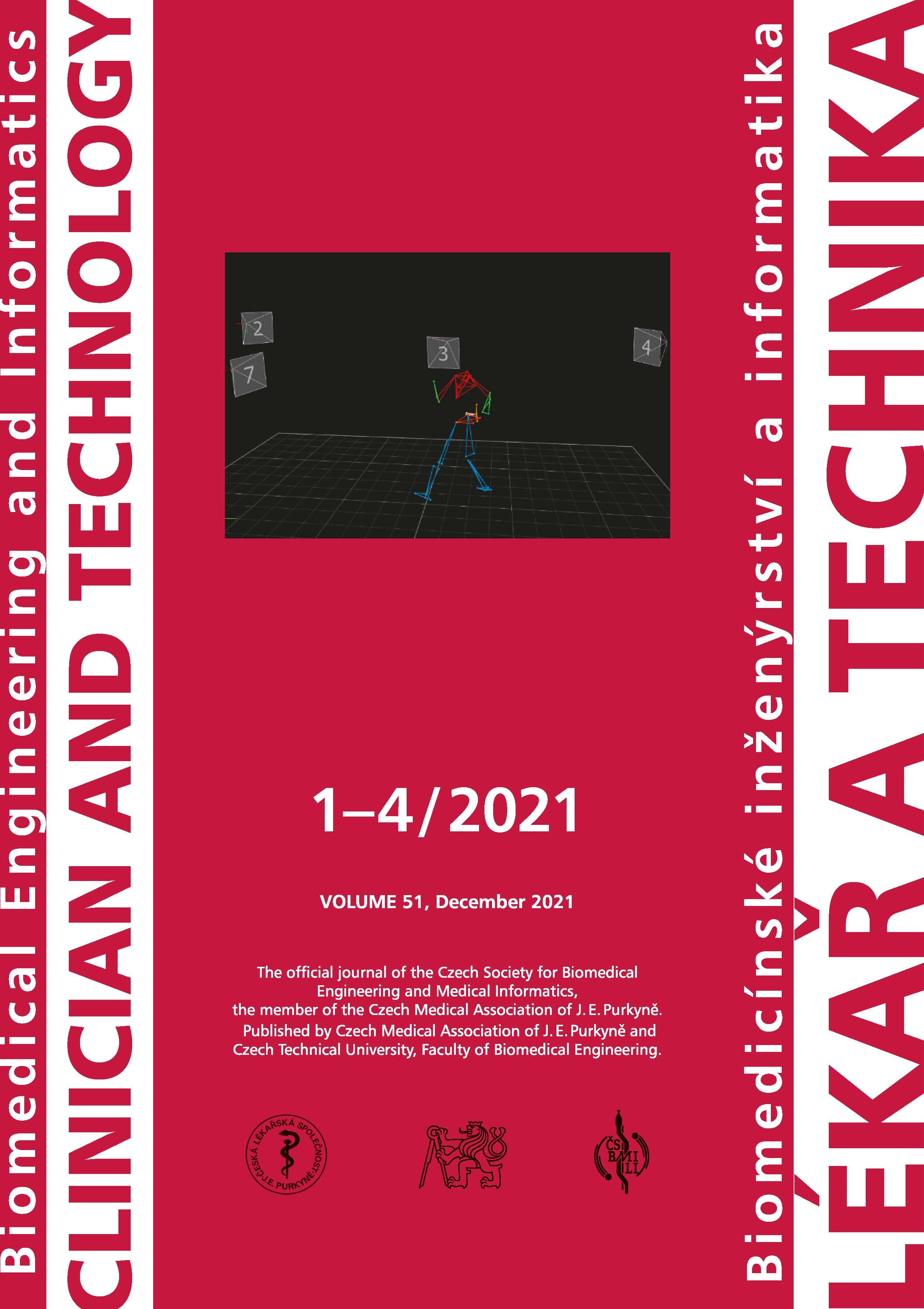EVALUATION AND TYPES OF ATTACKS WITH STABBING WEAPONS FOR THE DESIGN OF PROTECTIVE EQUIPMENT
DOI:
https://doi.org/10.14311/CTJ.2021.1.11Abstract
Knife attacks have become a global problem in recent years, especially in countries where access to firearms is limited. However, the current situation is that the method of selection and characteristics of protective equipment about the physical attributes of stabbing attacks is not systematically determined. Attacks with stab weapons can be divided according to the weapon's grip, the angle of the attack, and its execution into six different attacks (e.g., underarm action stab, overarm action stab, etc.). Our work presents a survey of methods for capturing and then evaluating the physical parameters of point attacks in specific motion capture and analysis programs. In this work, kinematic analysis was used to analyze motion during a stabbing attack and to obtain data on the kinetic energy of the stab. The measurements were performed with the MoCap system - Vicon Nexus 2.70. The results of the study show that the average value for the straight stab and the underarm stab is almost the same (66.5–67.1 J), while the overarm stab reaches a much higher value (92.8 J). The study aims to determine the kinetic energy of types of attacks, for standards state the level of protection based on energy levels. The results could provide new insights into the current state of protective equipment and energy values in national/international standards.
Downloads
Published
Issue
Section
License
Copyright (c) 2022 Lýdie Leová, Petr Volf, Patrik Kutílek, Jan Hejda, Slávka Čubanová, Ján Hýbl, Aleksei Karavaev

This work is licensed under a Creative Commons Attribution 4.0 International License.
Authors who publish with this journal agree to the following terms:
- Authors retain copyright and grant the journal right of the first publication with the work simultaneously licensed under a Creative Commons Attribution License (https://creativecommons.org/licenses/by/4.0/) that allows others to share the work with an acknowledgment of the work's authorship and initial publication in CTJ.
- Authors are able to enter into separate, additional contractual arrangements for the non-exclusive distribution of the journal’s published version of the work (e.g., post it to an institutional repository or publish it in a book), with an acknowledgment of its initial publication in this journal.
- Authors are permitted and encouraged to post their work online (e.g., in institutional repositories or on their website or ResearchGate) prior to and during the submission process, as it can lead to productive exchanges.
CTJ requires that all of the content of the manuscript has been created by its respective authors or that permission to use a copyrighted material has been obtained by the authors before submitting the manuscript to CTJ. CTJ requires that authors have not used any copyrighted material illegally, as for example a picture from another journal or book, a photo, etc. It is the author’s responsibility to use only materials not violating the copyright law. When in doubt, CTJ may ask the authors to supply the pertinent permission or agreement about the use of a copyrighted material.
The opinions expressed in CTJ articles are those of authors and do not necessarily reflect the views of the publishers or the Czech Society for Biomedical Engineering and Medical Informatics.


